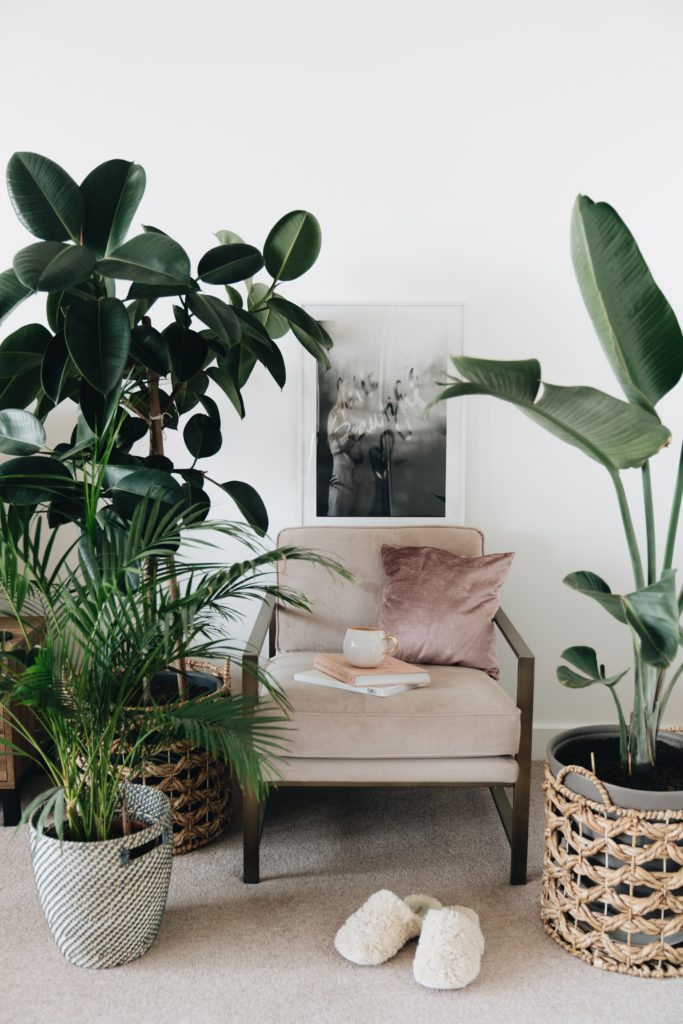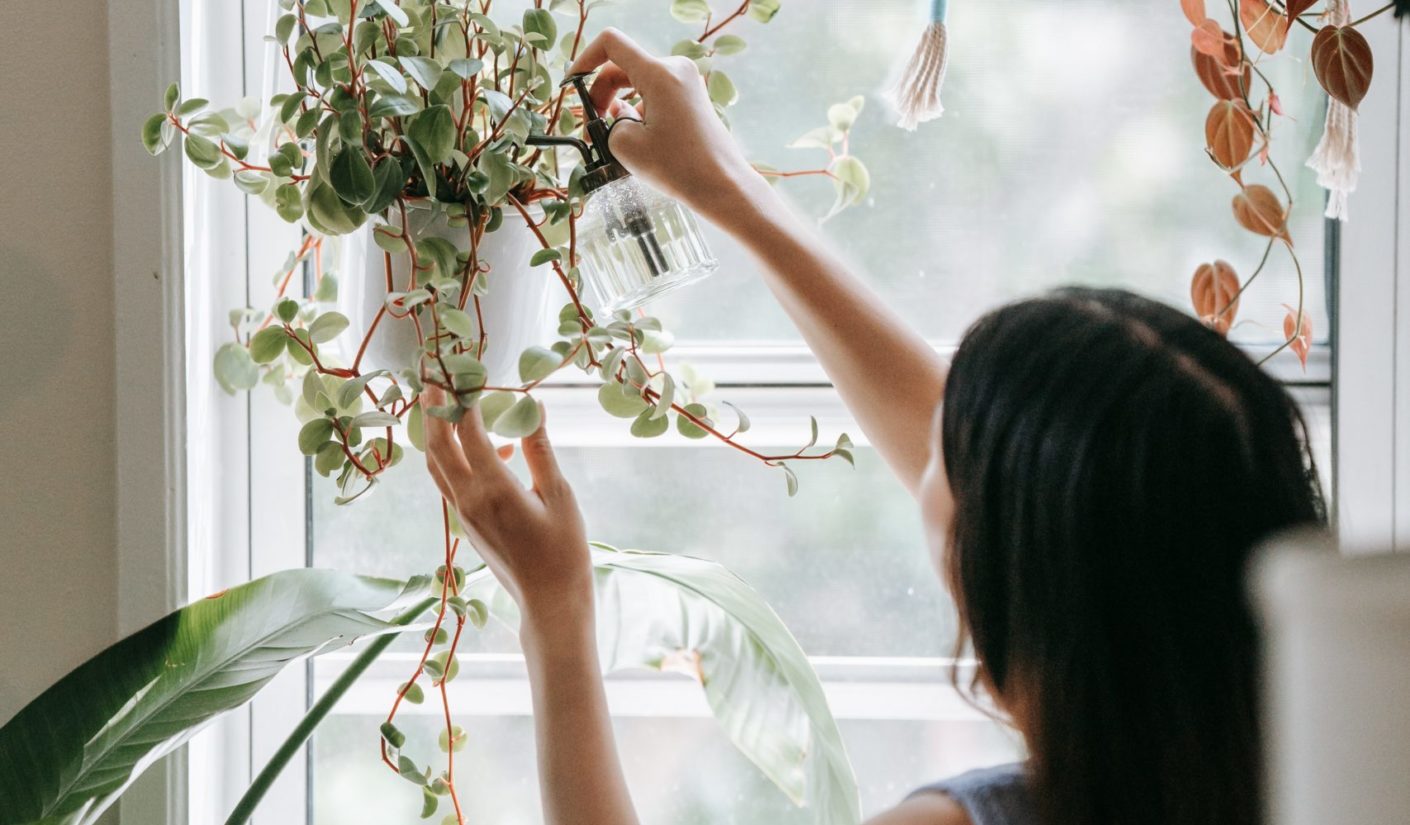Bio-purification
The principle of bio-purification is simple: plants “breathe” through a phenomenon called photosynthesis, which enables them to naturally reduce CO2. In addition to this phenomenon, certain flowers and plants have the ability to purify the surrounding air. This is known as “bio-purification”. These “depolluting” plants capture chemical compounds via their leaves, transforming pollutants, degrading them and producing organic matter. They also emit CO2, but this is much healthier than what they previously absorbed, increasing and improving ambient humidity, oxygen levels and air quality.
Depolluting plants for your living room
- Cactus
The cactus is the plant that absorbs waves. Today, there are many devices that emit waves in the home: computers, household appliances, telephones, televisions, and so on. To reduce their effects on our health, we opt for a cactus that we place near our computer or TV screen to let the plant absorb the electromagnetic waves.
- Ivy
This climbing plant adapts perfectly to interior environments, such as lack of light. It absorbs chemical pollutants, as well as mold and pollen. It also has other virtues for your home, as it eliminates carbon monoxide and formaldehydes (emanating from wallpaper, boilers and cigarette smoke).
- Spathiphyllum
Also known as moonflower, this plant is as elegant as it is practical for your home. Its leaves remove and detoxify the toughest solvents and volatile products, such as ammonia and benzene, eliminating all toxic substances from the air.
- Chlorophytum, also known as spider plant
Eradicates most pollutants, with a particular focus on carbon monoxide. It will be very useful against combustion heating and other detergents. This plant is particularly effective against tobacco smoke.
Depolluting plants for your bedroom
Certain depolluting plants also have an impact on the quality of our sleep and our ability to reduce stress. The air in our bedroom can be particularly polluted by numerous pollutants. That’s why we’ve listed a few plants for a healthier bedroom every day :
- Saint Paulia
This plant is highly effective, absorbing the pentachlorophenol released by wood, which is often very present in bedrooms. It also has the power to temper the dryness of the air in the room.
- Aloe vera
Aloe vera is very easy to care for. It’s no secret that it has a number of virtues: like the cactus, it is said to combat electromagnetic waves from computers and televisions, as well as dust mites. It’s also one of the plants best able to regenerate oxygen in a room.
Depolluting plants for your kitchen
You can also install indoor plants in your kitchen to combat pollutants and odours. They’ll enhance the room and decorate your interior.
- Anthurium and sansevière
This plant will be useful against ammonia or trichloroethylene present in household products. You can also use sansevière (also known as mother-in-law’s tongue), which is effective against benzene to absorb this volatile colorless liquid, smoke, plastic and resins. Also known as “mother-in-law’s tongue”, it has stiff, vertical leaves and adapts easily to your interiors. Be sure to place it in rooms such as the kitchen, living room or dining room, so that it captures as much benzene and tobacco smoke as possible.
In short, these few depolluting plants will seduce you with their benefits in your daily life to improve air quality and create a healthy, serene environment.

Find all our tips in the actualités section of our website.

